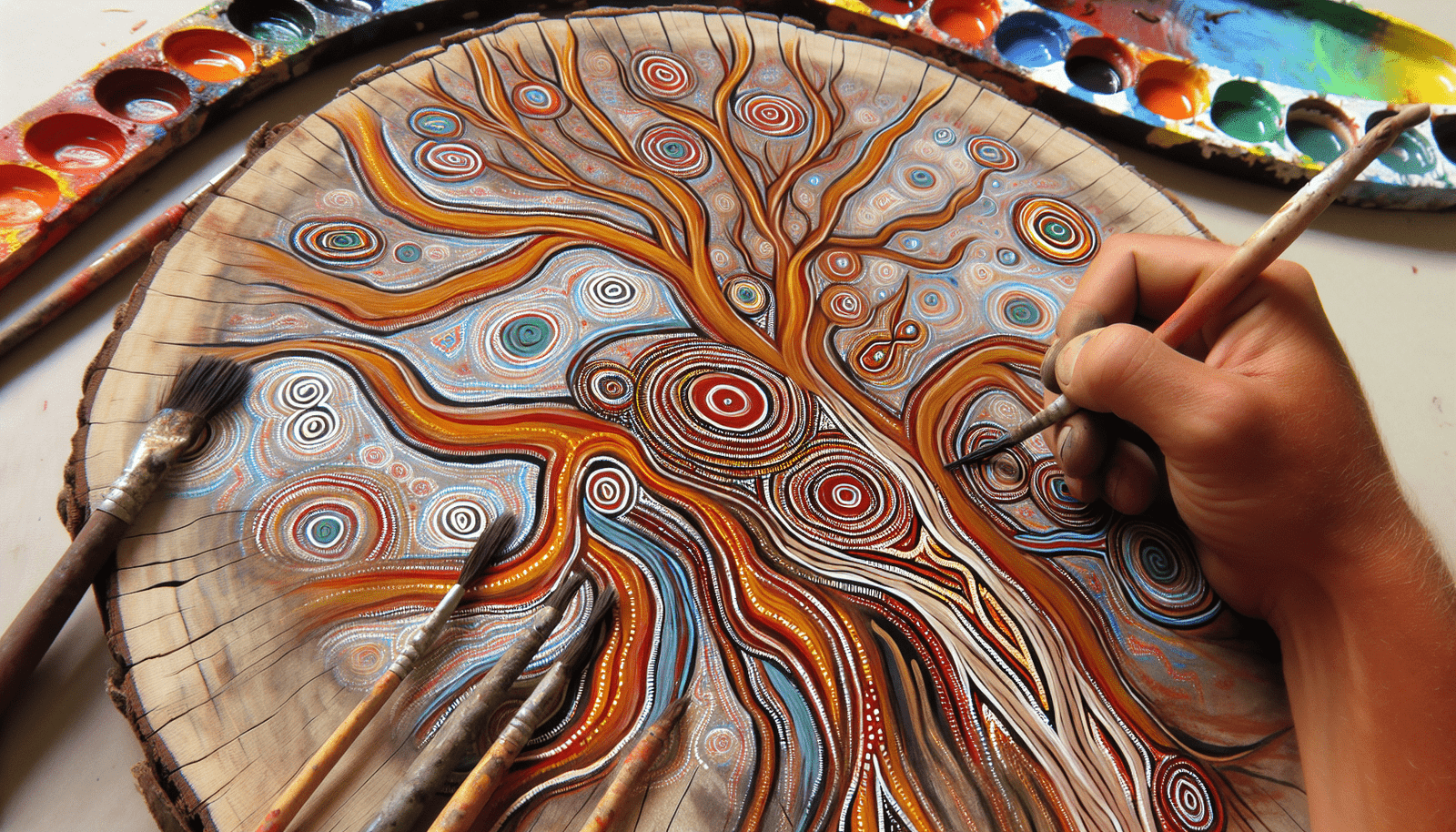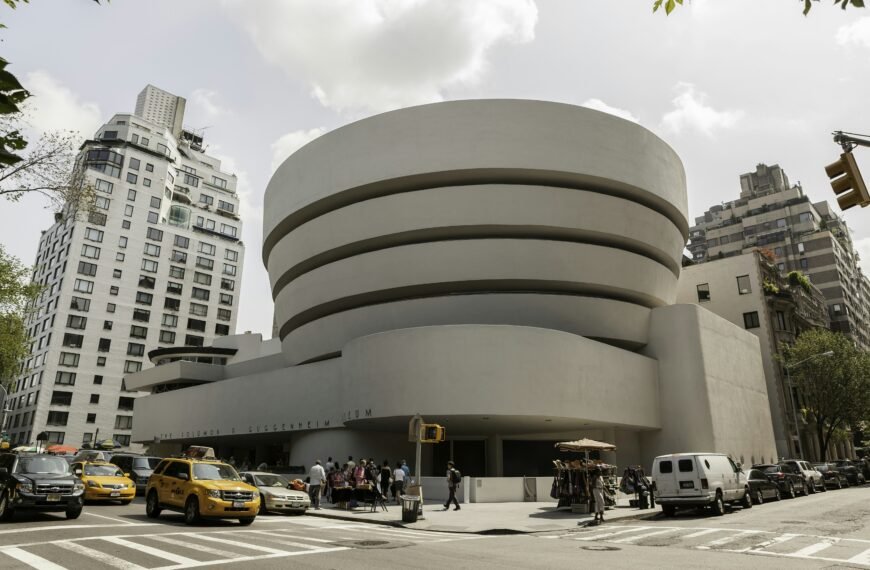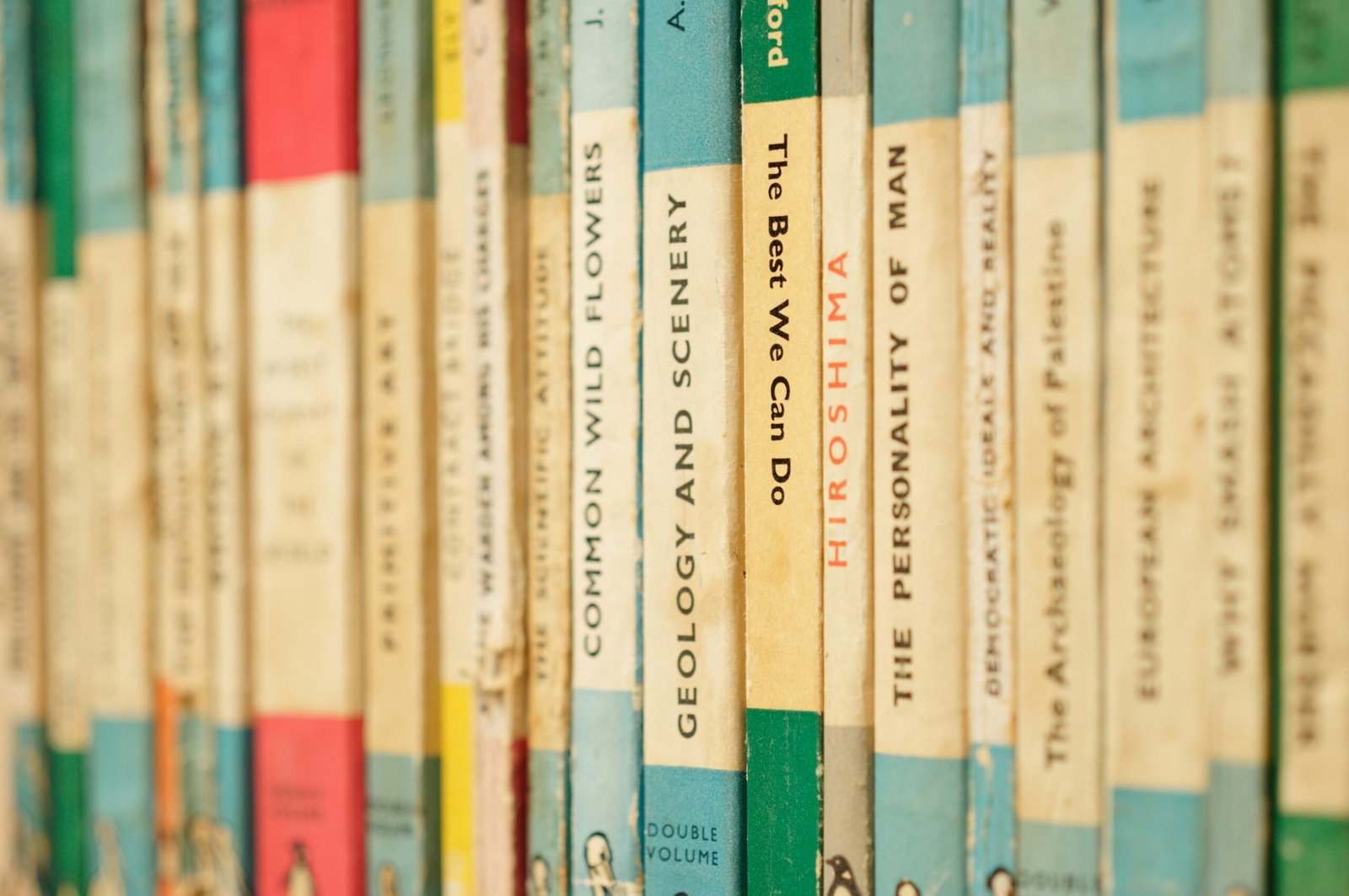Introduction
Have you ever wondered about the rich history and unique art traditions of Aboriginal Australians? One particular art form, bark painting, has been practiced for over eight decades in Yirrkala, a community in northeast Arnhem Land, Australia. This art movement began in 1935 and has since evolved while still honoring ancient traditions.
Origin of Aboriginal Australian Bark Painting
You might be curious about the origins of bark painting among Aboriginal Australians. In Yirrkala, artists traditionally painted on sheets of eucalyptus bark using natural pigments and ochre. This practice dates back thousands of years and has been passed down through generations, preserving stories, cultural beliefs, and spiritual connections to the land.
Evolution of Bark Painting
Over time, Aboriginal bark painting has evolved to incorporate contemporary influences, such as Western art techniques and materials. This evolution has allowed artists to adapt their traditional art forms to a changing world while still maintaining cultural integrity. The art movement has flourished in less than a century, showcasing the resilience and creativity of Aboriginal artists.
“Madayin: Eight Decades of Aboriginal Australian Bark Painting From Yirrkala” Exhibition
If you’re a fan of Aboriginal art or simply interested in exploring diverse cultures, the “Madayin” exhibition at the Asia Society is a must-see. This exhibition features the largest collection of bark paintings ever displayed in the Western Hemisphere, offering a rare opportunity to experience the rich artistic heritage of Yirrkala.
Exhibition Highlights
When visiting the “Madayin” exhibition, you’ll encounter 74 captivating pieces of Aboriginal Australian bark painting, each telling a unique story and reflecting the diversity of Yirrkala’s art community. The exhibition is organized thematically, allowing you to delve deep into different subjects and themes depicted in the artworks.
Themes and Subjects
The diverse range of themes and subjects explored in the exhibition sheds light on the cultural significance of Australian Aboriginal art. From Dreamtime stories and ancestral connections to contemporary social issues, each artwork carries layers of meaning and symbolism that invite viewers to engage with the stories behind the paintings.
Artist Collaborations
One of the unique aspects of the “Madayin” exhibition is the collaboration between Yolngu elders and artists to ensure that the intentions and sacred beliefs of the creators are respected. Through this collaborative process, the exhibition seeks to create a space where traditional art forms can coexist with modern interpretations, showcasing the dynamic nature of Aboriginal art.
Innovation and Experimentation
While honoring traditional techniques, some Yolngu artists are pushing the boundaries of Aboriginal bark painting by incorporating unconventional materials such as acrylics and metal into their artworks. This innovative approach challenges traditional norms and reflects the artists’ willingness to experiment with new forms of artistic expression while preserving cultural authenticity.
Preservation of Cultural Heritage
The “Madayin” exhibition not only celebrates the artistic achievements of Aboriginal Australian artists but also highlights the importance of preserving cultural heritage and sacred traditions. By showcasing a wide range of artworks that blend ancient practices with contemporary influences, the exhibition emphasizes the resilience and creativity of Aboriginal communities in adapting to changing times.
Role of Elders and Community
Central to the preservation of Aboriginal art traditions are the Yolngu elders, who play a crucial role in passing down knowledge and cultural practices to younger generations. Through mentorship and guidance, elders ensure that traditional art forms are upheld and respected, maintaining a strong connection to ancestral stories and spiritual beliefs.
Cultural Significance
Each bark painting in the exhibition carries layers of cultural significance, reflecting the interconnectedness of Aboriginal communities with the land, spirituality, and ancestral beings. By preserving and showcasing these artworks, the exhibition honors the diverse cultural heritage of Yirrkala and invites viewers to appreciate the beauty and depth of Aboriginal Australian art.
Conclusion
As you explore the intricate world of Aboriginal Australian bark painting through the “Madayin” exhibition, you’ll witness a dynamic fusion of ancient traditions and contemporary creativity. The exhibition serves as a testament to the resilience, innovation, and cultural richness of Aboriginal communities in Yirrkala, offering a glimpse into the vibrant artistic landscape of northeast Arnhem Land. Don’t miss the opportunity to experience this extraordinary showcase of Aboriginal artistry and cultural heritage at the Asia Society.








